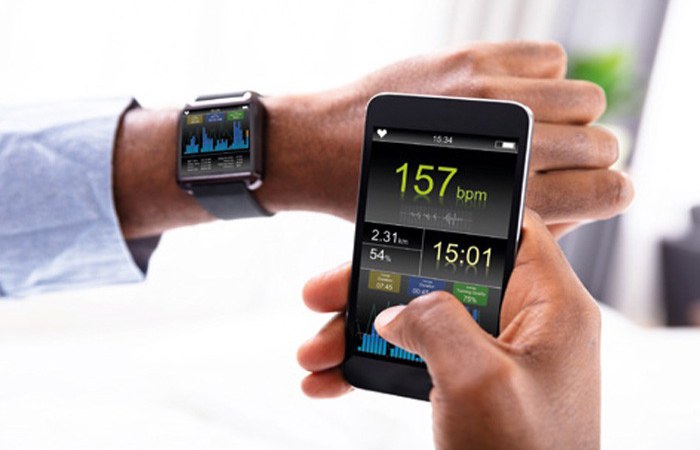Introduction
Wearable technology is a group of plans, such as smartwatches and fitness trackers, that collect data such as daily life steps, heart rate, and respiratory rate. These devices, specially designed to remain worn throughout the day, are also called wearables for short.
As the popularity of wearable fitness technology increases daily, with increasing competition and more affordable prices, wearable technology has started to spread much faster. As a result, wearable technology pioneered by FitBits and smartwatches remain expected to become much more mainstream in the pending years.
The use of wearable technology has increased in the past five years, with people’s growing demand to monitor their health data and track vital signs. According to surveys, more than 80% of consumers remain inclined to use wearable fitness technology.
The demand for wearable technologies has grown faster than expected, creating a vast market. As a result, insurers and businesses are looking for ways to support their employees and customers with wearable healthcare technology.
Benefits of Wearable Technology in Healthcare

It is not surprising that many companies are taking advantage of the development of medical clothing since the technology offers many opportunities and benefits for the health sector. In general, the use of these compact devices allows industry players to achieve the following objectives:
1. Promote Proactive Healthcare
With wearable technology, it’s easy to monitor health regularly and note any discrepancies in vital signs when they appear. As a result, consumers can take proactive steps to prevent serious health problems early. Likewise, clinicians can help patients quickly respond to alerts and apply the treatment. In this way, portable devices improve care delivery and promote patient orientation.
2. Drive Patient Engagement – Wearable Technology
Wearable devices give users access to valuable data that helps them stay informed about their health status and gain control. In addition, technology facilitates a doctor-patient collaboration environment and involves patients in maintaining their health at all times.
3. Reduce Healthcare Costs
Because wearable devices help promote health, minimize disease risk, and improve early diagnosis, patients spend less on doctor visits. On the other hand, healthcare providers can monitor patients after they leave the hospital to avoid readmission fees and lost reimbursements from insurers. In this way, the technology leads to a reduction in medical costs.
4. Reduce The Workload of Staff
Wearable devices generate vast amounts of personal health data that doctors can share and analyze to monitor patients remotely. This approach can help facilitate communications, reduce face-to-face visits, and optimize the workload of healthcare professionals.
Is Wearable Health Technology Beneficial?
To understand whether wearable healthcare technologies are helpful, we first need to know what wearable technology is. Smartwatches and Fitbits, specifically designed to collect users’ health and exercise information, represent wearable health technology. These devices can send real-time information about people’s health to a doctor or healthcare professional. In addition, the growing desire of consumers to share their wearable data with healthcare workers and insurers indicates that the call for wearable technology devices will be much higher in the coming years.
Wearable Activity Wristbands
The simplest and most original form of it is wearable fitness trackers. These devices are bracelets with sensors that allow users to track physical activity and heart rate. In addition, wearable fitness trackers provide health and fitness tips to users in sync with many smartphone apps.
Smart Health Watches
Originally only used as a device to display the number of steps and duration, smartwatches have now become clinically applicable healthcare tools. For example, apple released the Apple Heart Study app in 2017 to monitor and pace the heart rhythms of people with atrial fibrillation. In 2020, the company added a capacity monitoring function the blood oxygen, a new sleep-tracking role, an FDA-cleared EKG sensor, and updated heart health monitoring to the latest watch version.
Smartwatches allow people to do what they can with their phones in their daily lives. As examples of day-to-day operations, we can show operations such as reading information, sending messages, and making phone calls. Smartwatches also offer fitness tracking features and exercise and health advice.
Conclusion
Wearable Technology medical devices use sensors, actuators, software, and electronic patches attached to the skin to monitor a patient’s health, identify abnormalities, and even treat health issues. Examples include a wearable vital signs monitor, a smartwatch glucose monitor, and wearable pain relief devices.


